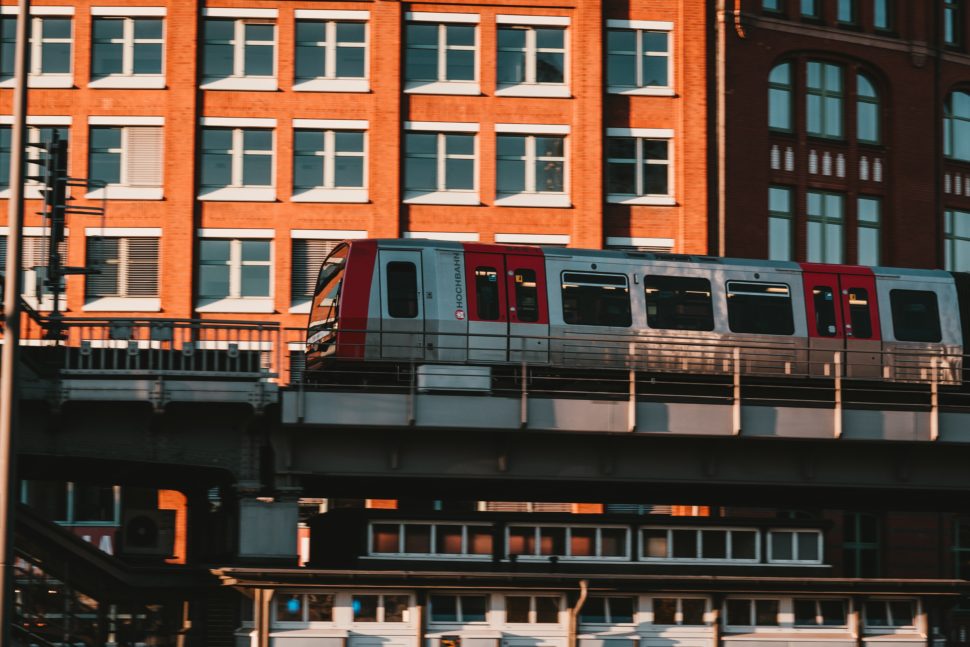
There are simply so many ways that cities can make themselves more accessible for people with disabilities. Accessibility goes beyond adding wheelchair ramps. It must also include how people with disabilities are able to interact with the space. Traveling with a disability– whether visible or invisible– can require extra effort. Not to mention time, emotional energy, and hassle when spaces are not properly accessible to everyone.
A great measure of a city’s accessibility is how well its metro system – often the easiest and fastest way of getting around town – caters to different needs. Recently Passenger Assistance, an app that assists people with disability, conducted a study on the number of step-free stations in cities’ metro networks around the world. The best cities in the ranking aren’t just those that had lots of step-free access, but those which boasted that kind of access across a huge network.
Research Findings:
The city with the most accessible metro system is Seoul, which has step-free access at a whopping 100 percent of its 622 stations. Shanghai (China) and Osaka (Japan) followed Seoul, both of which also have 100 percent step-free networks – Shanghai has 345 stations and Osaka has 133.
The least accessible cities were Paris, Glasgow and Montreal all offering the least amount of step-free access. Of Paris’ 303 metro stations, a pitiful 2.9 percent were judged to be accessible.
Top 10 Most Accessible Cities:
According to Passenger Assistance’s study, these are the top 10 cities in the world for accessibility.
- Seoul, South Korea
- Shanghai, China
- Osaka, Japan
- Istanbul, Turkey
- Kuala Lumpur, Malaysia
- Vienna, Austria
- Washington D.C., USA
- Dubai, UAE
- Rio de Janeiro, Brazil
- Copenhagen, Denmark





